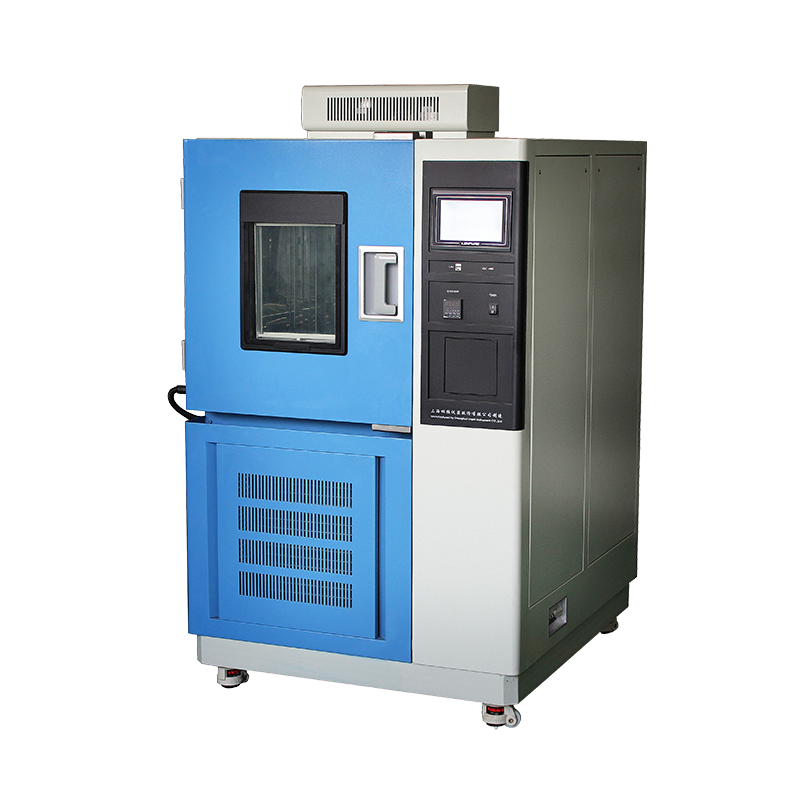

A constant temperature and humidity test chamber is an instrument used to test objects under specific temperature and humidity conditions. To perform these tests, the equipment must have four basic functions: heating, cooling, humidification, and dehumidification.
Heating Function:
To achieve heating, the device is equipped with a heating system. When the controller issues a heating command, the system provides an output voltage to the relay. A 3~12V DC current passes through the solid-state relay, causing the contactor to close. This allows voltage to be applied to the heater, which generates heat. The circulating fan then carries the heat into the test chamber, causing the temperature to rise. Operators can control the temperature by adjusting the solid-state relay through the controller.

Cooling Function:
The constant temperature and humidity test chamber uses components such as a compressor to achieve cooling. The device has a refrigeration system that converts low-temperature gas into high-temperature gas. The heat is released by condensing the gas into a liquid, and the fan removes the heat, turning it into a low-pressure liquid. The evaporator absorbs heat using a refrigerant, converting the liquid back into gas through vaporization. The gas is then returned to the compressor, completing the cooling process and achieving the desired refrigeration effect.
Humidification Function:
The device must also have a humidification function. Commonly, a large water tank is used to store water. The equipment employs a shallow-trough humidification method, which not only humidifies quickly but also ensures stability.
Dehumidification Function:
In addition to humidification, the device must have a dehumidification function. Inside the chamber, a partition separates the evaporator from the workspace. When high-humidity gas encounters cold temperatures, it condenses into liquid. Through this liquefaction process, the high-humidity gas in the chamber gradually decreases, achieving the dehumidification effect.
These four functions are essential for any constant temperature and humidity test chamber. With these capabilities, the equipment can quickly test the weather resistance of materials under different humidity and temperature conditions. How many of these functions did you know before reading this article? If you weren’t familiar with them, now is the time to learn and master them!